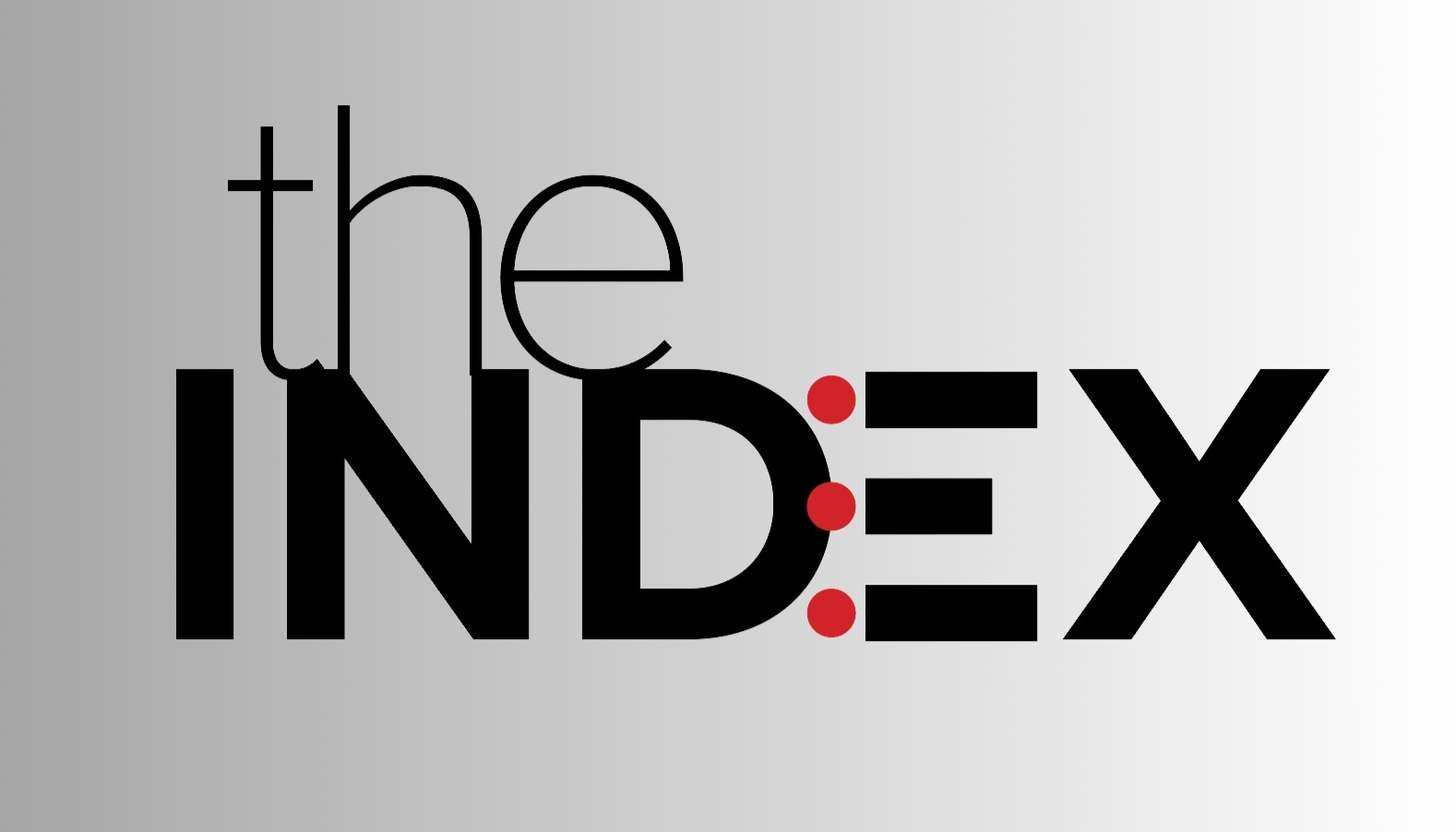PROTECT YOUR DNA WITH QUANTUM TECHNOLOGY
Orgo-Life the new way to the future Advertising by AdpathwayLate last autumn, the Eagan-based Blue Cross Blue Shield of Minnesota, which covers 2.9 million Minnesotans and other Americans, became the first insurer in Minnesota to offer community health worker benefits at no cost. Among the elements of that offering are:
> Zero-cost option available to commercial health plan members
> Self-insured plans will also have the option
> The benefit will ensure everyone covered can receive the care they need without worrying about potential cultural, language, and other sociodemographic barriers.
As the organization explained it in an Oct. 4 press release, “As part of a continuing effort to improve the health of members by addressing the societal factors that impact health, Blue Cross and Blue Shield of Minnesota (Blue Cross) today announced it will become the first insurer in the state offering no-cost coverage of community health worker benefits to commercial health plan members. Beginning on January 1, 2022, Blue Cross will cover services delivered by community health workers across all fully insured commercial health plans. These include Individual and Family plans − both on and off MNsure − in addition to small and large fully insured employer groups (plans in which Blue Cross designs the benefit structure and pays for covered health care costs). Commercial plans in which employers design their own health benefits and pay for their own health care costs − known as self-insured plans − will also have this new benefit available for 2022.”
Further, the press release noted, “Community health worker programs focus on culturally appropriate assistance and education provided by front-line public health professionals who work in conjunction with primary care providers. Additionally, community health workers serve as trusted liaisons between individuals, the health care system, health insurers and social service agencies. Through community outreach, social support and patient advocacy, community health workers are key to bridging gaps in communication and improving health outcomes in communities with cultural and language barriers.”
And it quoted Mark Steffen, M.D., M.P.H., chief medical officer at Blue Cross Blue Shield of Minnesota, as stating that "Navigating the complexities of the health care ecosystem is even more challenging when facing cultural, language, and other sociodemographic barriers that affect our members' health. Community health workers play a crucial role in advancing health outcomes and reducing inequities that disproportionally affect BIPOC (Black, Indigenous, and people of color) communities."
Further, "Community health workers have been instrumental in helping our Medicaid members achieve their optimal health for more than a decade," said Paul Valley, vice president of commercial sales, said in a statement also included in the press release. "By expanding this benefit to our commercial member population, Blue Cross is taking a significant step toward making health care more equitable, sustainable and affordable for all.”
Shortly after the announcement in October, Healthcare Innovation Editor-in-Chief Mark Hagland interviewed Maria Regan Gonzalez, who serves as director of population health design at Blue Cross Blue Shield of Minnesota, where she has worked for six years. Gonzalez has a master’s degree in public health. She also serves as the mayor of the Minneapolis suburb of Richfield; that is a part-time post, for which she receives a nominal salary. Below are excerpts from last fall’s interview.
Tell me about Blue Cross Blue Shield of Minnesota’s community health worker program?
Community health workers have been around for a very long time as a profession. They’re not necessarily used to their maximum potential, but within Medicaid, community health workers have been a zero-cost benefit for over ten years. And as a company focused on innovation and addressing barriers to health, we started looking at community health workers, and said, we know that community health workers are a great asset and can provide support, access, and education, and should be available not only to our Medicaid members, but to all our members. So we decided to expand this for all Blue Cross Blue Shield of Minnesota members through their employers.
What elements are encompassed in the community health worker role?
Community health workers provide frontline access to the healthcare system. That includes support around diabetes management and education, or addressing needs like employment, child care, or housing.
In other words, the program already existed for Medicaid beneficiaries, so it was essentially expanded, correct?
Yes; it will be available to Blue Cross Blue Shield of Minnesota commercial members beginning in January. We don’t have any in-house community health workers at Blue Cross Blue Shield of Minnesota; but this change represents an expansion of a benefit. Right now, community health workers can only bill and be reimbursed through Medicaid. So we decided to make it a reimbursable benefit for our commercial members. Community health workers see community members who are in need of this type of assistance; that could involve reducing barriers to language and other barriers. Often, they’re sustained by grants. So essentially, community health worker organizations can be reimbursed for seeing Blue Cross Blue Shield of Minnesota commercial members. A lot of provider organizations already have their own teams. They’re housing community health workers. We don’t have them on staff. We’re actually the first plan in Minnesota to expand this benefit.
Are there other Blue Cross plans across the country that reimburse?
We’re looking into that.
How many community health members are active right now in Minnesota?
At Blue Cross Blue Shield of Minnesota, we have 2.5 million members, and that includes more than 1 million enrolled in our commercial plans. We’re estimating that hundreds of thousands might use this benefit. A lot of times, providers do screenings and seek to find out any social determinant of health-related needs. Now, members will get connected to a community health worker. We hope that it will grow. In terms of CHWs, we don’t have exact numbers of how many CHWs there are across the state. We were a key funder of the first community health worker registry for those certified. That’s pretty new. We don’t have a firm estimate, because this is not necessarily a model that is financially sustainable. Right now, community health worker programs are funded by grants, and often, the grants last only a year or two. Certainly, there are hundreds; I don’t know if there are thousands. We’re trying to help stabilize that, but it’s been a chicken-or-egg type of issue, because it’s hard to sustain that kind of mechanism, because it hasn’t been sustainable. That’s a reason why we’ve decided to expand this to community members. And we support both the statewide registry, as well as scholarships to fund their training.
How many Medicaid members have accessed community workers?
A survey by the Bureau of Labor Statics found in 2020 that there were about 60,000 community health workers nationwide.
How does this fit into Blue Cross Blue Shield of Minnesota’s overall strategy around members and their communities?
Expanding community health worker access to our commercial members really is in that vein, around transforming healthcare, to make sure that everyone insured by Blue Cross is cared for in that way; we’re committing to get members the healthcare that they need, and to helping them lead healthy lives. We always are thinking about how we can lead. We hope that other health plans will make that same change as well. It’s one very clear, concrete tool that we have in the healthcare industry, that could really help close the gaps around inequities. So we’re working to create sustainable, impactful ways to address barriers to health. And we see this with COVID-19; we see the impact that that issue can have, and how the impact can be disparate across communities. And the community health worker can help address some of those gaps.
This helps build out a more robust community health worker infrastructure across Minnesota. And we look forward to supporting our providers as well, because it will be the providers who will be connecting their patients to CHWs. So we’ve made this change, and now it’s about putting the supports and infrastructure in place, to make sure that we see increased utilization, and therefore, improved health outcomes. And we hope that other plans join us. We hope to have a good idea of how many CHWs are out there, and to help support sustainable models. So we see it as a catalyst to addressing the social determinants of health in a way that is impactful and sustainable.



















 English (US) ·
English (US) ·  French (CA) ·
French (CA) ·